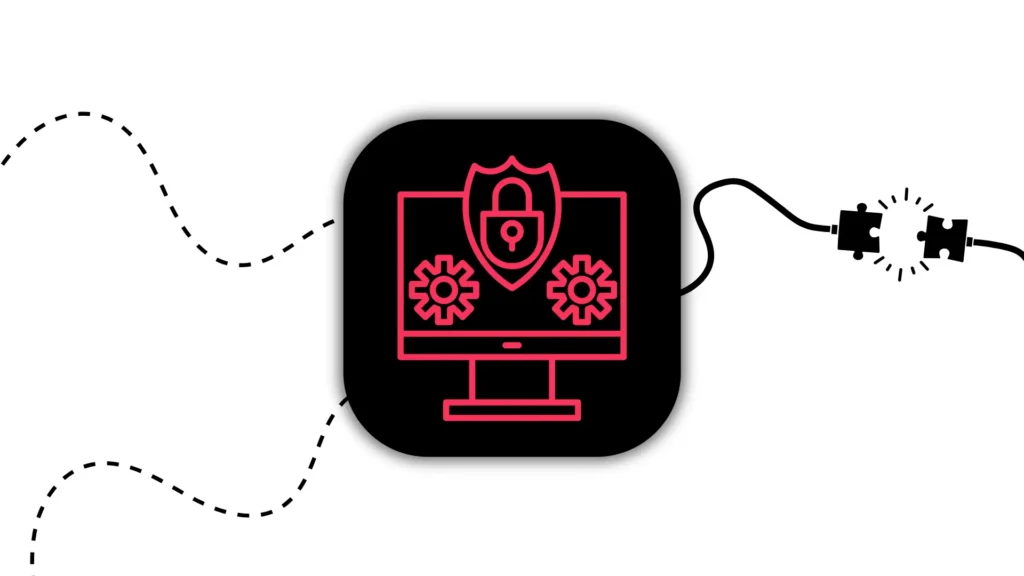“Old-fashioned”, “Slow-moving”, “Lagging”. No, not one of your stubborn zippers. These are the phrases opinion-makers have been using to label the construction industry for a century.
Nowadays, thankfully, not everyone is as generous with expressions.
A 2019 report by Tractica highlighted construction as “ripe for disruption” due to its lack of tech advancement. Gaurav Kikani from Built Robotics expects a surge in construction robotics, replacing the traditional workday with automation. A recent global survey showed that 81% of construction businesses plan to boost their use of robotics and automation.
However, the real challenge with adopting robotics and automation lies in the complex technological changes required to make a serious impact. Engineers, architects, on-site laborers, weather, materials, heavy machinery — there are so many areas to take care of.
Construction is an incredibly complex industry.
While these innovations are crucial, they demand a level of change that many companies find daunting. Interestingly, the back office — where processes are simpler to automate and employees are more open to change — remains just as resistant to change as the field operations.
Perhaps, construction companies should start with small, low-friction changes. The ones in the back-end that promise quick and measurable ROI.
1. Construction Material Management
In the construction industry, where managing tons of documentation is a daily challenge, the introduction of Intelligent Document Processing (IDP) and Large Language Models (LLMs) has proven to be a game-changer.
One such instance is construction material management.
This is where IDP systems have been used to automate processes that were traditionally manual and error-prone. These systems can automatically extract, classify, and process data from a wide range of documents, such as purchase orders, invoices, and delivery receipts — all of which are critical to keeping construction projects on schedule.
By integrating IDP with real-time inventory management systems, construction companies have been able to reduce delays in material delivery, minimize shipment errors, and cut down on administrative overheads. Furthermore, by not losing focus on redundant, manual work companies have reported being able to achieve lower costs more easily.
This automation does not only speed up the procurement process. It also ensures compliance with regulations by maintaining accurate and up-to-date records. The use of LLMs further enhances this process by enabling more sophisticated data extraction and analysis. With LLM, project managers can be sure to get the right material, at the right amount, at the right time, and with the right quality.
2. Integrating IDP with Real-Time Inventory Management
To tackle these challenges, many companies decide to implement an IDP or LLM system specifically tailored to handle the unique demands of construction.
Integrating these systems allows construction companies to create a seamless flow of information between their documents and inventory systems.
Automatically extracting and categorizing data from a wide variety of documents, helps construction companies in one of the following areas:
- Purchase Orders: Automatically extracting key information such as item descriptions, quantities, prices, and supplier details.
- Invoices: Matching invoice data with purchase orders to ensure accuracy and prevent overpayments.
- Delivery Receipts: Tracking the arrival of materials on-site, ensuring that deliveries were complete and on time.
- Inventory Logs: Continuously updating inventory levels based on real-time data from incoming and outgoing materials.
By automatically extracting data from purchase orders, invoices, delivery receipts, and inventory logs, IDP ensures that inventory levels are continuously updated with accurate, real-time information. This real-time synchronization minimizes delays and errors in material deliveries, optimizes inventory control, and supports just-in-time procurement strategies, which are crucial for keeping construction projects on schedule and within budget.
3. Enhancing Compliance with EU Regulations
In the construction industry, compliance with regulations is not just a legal obligation. It’s a critical aspect of maintaining operational integrity and project success. IDP can play a pivotal role in helping companies meet these requirements across Europe, including the stringent standards set by Nordic countries.
The Construction Products Regulation (CPR) (1) in the European Union requires that construction materials and products conform to specific performance standards. These standards ensure that materials are safe, sustainable, and suitable for their use.
IDP systems can automatically extract and verify data from Certificates of Conformity and Declarations of Performance, ensuring that all materials used in a project meet CPR standards. This process not only speeds up the verification process but also reduces the risk of human error.
For example, if a batch of concrete arrives on-site, IDP can automatically extract the relevant data from the delivery documents, cross-reference it with the required performance standards, and flag any discrepancies immediately.
Environmental regulations are also strict in Europe. This is where the Waste Framework Directive (2) serves as a guide for construction waste management.
This directive mandates that companies minimize waste and manage it responsibly. To do so they need to maintain accurate records of material usage and disposal.
IDP can automate the collection and processing of waste management records. The technology makes sure all waste is properly documented and that the company complies with local and EU-wide environmental standards.
Lastly, the REACH regulation (3) is another critical framework in the EU that governs the use of hazardous materials in construction. REACH requires companies to maintain detailed records of chemicals used in construction products and ensure they are handled safely.
IDP systems can automate the extraction of data from Safety Data Sheets (SDS) and other compliance documents, ensuring that all hazardous materials are accurately tracked from procurement through to disposal.
Connect with us today!
Ready to streamline your document processing? Discover how our tailored IDP solutions can help you achieve real-time accuracy and efficiency.
4. Streamlined Subcontractor Onboarding
Subcontractor onboarding involves navigating a complex web of documentation and coordination. IDP eliminates the risk of human error by automating the extraction and validation of key information from onboarding documents.
For example, it can verify that all required fields are completed correctly. It can also make sure certifications are current and all necessary signatures are present. This reduces the chances of project delays caused by documentation errors. Plus, as we mentioned already, it ensures that all subcontractors are fully compliant before they begin work.
IDP also reduces the time required to onboard subcontractors.
Instead of manually reviewing each document, back-office teams can rely on IDP to quickly process and validate documents. This allows for faster mobilization of subcontractors and ensures that projects can start on time with minimal unnecessary delays.
5. Leveraging LLM for Enhanced Collaboration
In construction, clear communication is the backbone of success. With so many stakeholders — architects, engineers, project managers, and contractors — keeping communication organized is essential. But with the flood of emails, meeting notes, change orders, and queries, things can quickly get lost.
Furthermore, project decisions are frequently made on the fly. For example, a decision to change a material specification might be communicated via call but not updated in the project management system. This is a frequent source of confusion down the line.
Lastly, construction projects often span several months or even years. And let’s face it—remembering every detail over months or years is impossible. Manually organizing and storing these records without assistance can be time-consuming and prone to errors.
IDP ensures all relevant information is easily accessible.
It makes it easy to find key decisions and transform meeting notes into concise summaries. For instance, if an engineer needs to review a decision made six months ago, they can quickly locate the relevant email or meeting note, consolidate his final decision, and move an information bit to CRM software.
By tracking communications, IDP enhances collaboration, reduces misunderstandings, and ensures that all stakeholders have access to the latest information.
Small Steps to Big Savings
Automation in construction isn’t just a thing you should read about; it’s a possible change.
Start where it’s easiest — like smart document processing.
By automating these areas, you’ll cut costs, streamline operations, and hit deadlines more consistently. Embrace these small changes, and you’ll see big results. Nowadays, working smarter pays dividends, and working harder pays tolls — it’s about the right time to adapt.
Similar insights

8 Hybrid Commerce Mistakes Companies Repeat in 2026
13/01/2026
Smart Workflows: AI Tools and Tips for Busy Leaders
16/12/2025
Supply Chain Attacks: Rethinking Third-Party Trust
10/12/2025
Choosing the Right Tech Stack in Uncertain Times
25/11/2025
How to Pitch and Get Your Ideas Approved at Work
12/11/2025
12 AI Cyberattacks That Made CEOs Very Cautious
21/10/2025
14 Books Smart Tech Leaders Are Reading This Fall
07/10/2025
Protect Your Crown Jewels: The Heart of Your Cybersecurity
15/09/2025
How Renown Business Executives are Using AI?
12/08/2025
Let the success
journey begin
Our goal is to help take your organization to new heights of success through innovative digital solutions. Let us work together to turn your dreams into reality.